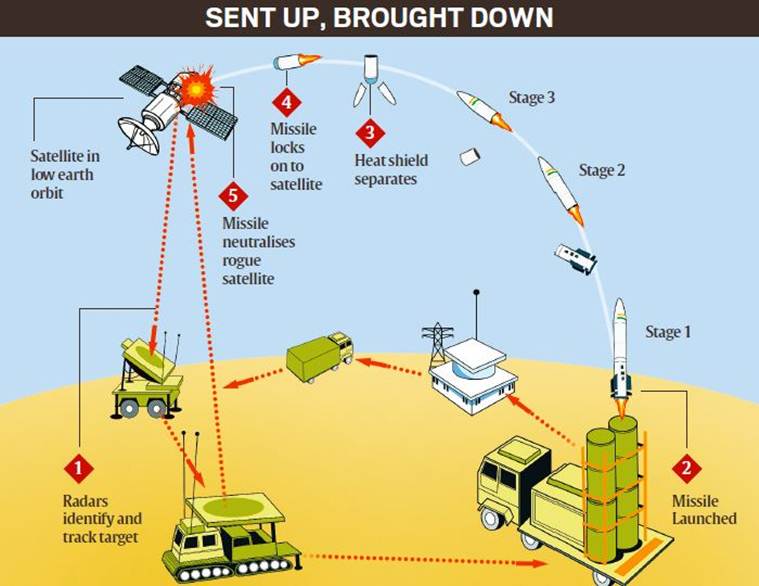7667766266
enquiry@shankarias.in
Why in news?
Indian PM announced that India had carried out a successful anti-satellite missile test (ASAT), Mission Shakti.
What is an anti-satellite missile test?
What is the objective of ASATs?
What is Mission Shakti?
What is the significance?

What are the other ways of destroying satellites?
Source: Indian Express, Business Standard